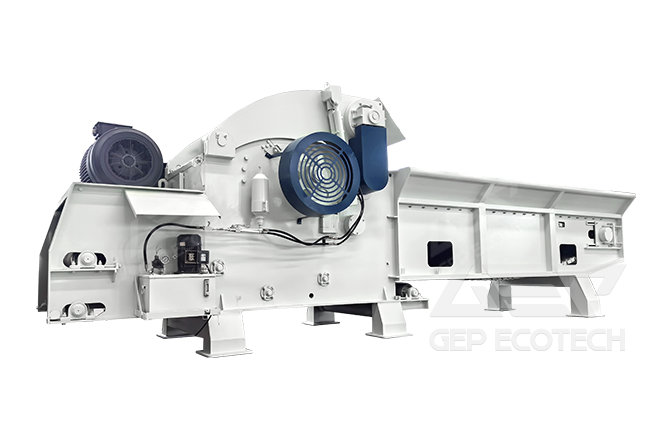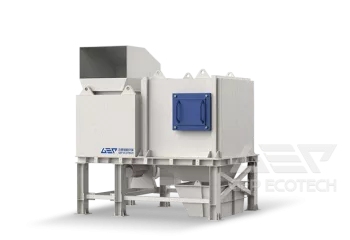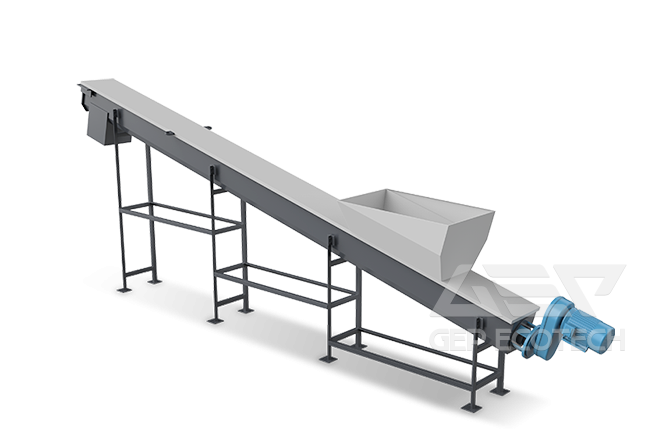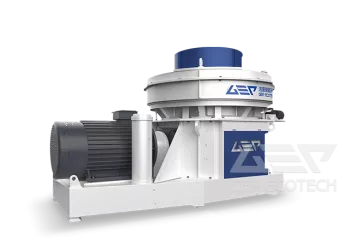When it comes to processing biomass, selecting the appropriate shredder can significantly impact the efficiency and quality of the operation. Single shaft and dual shaft shredders are two commonly used technologies, each offering distinct advantages depending on the specific requirements of the task. This article explores the key differences between single shaft and dual shaft biomass shredders, focusing on aspects such as output, particle size, and operating modes.
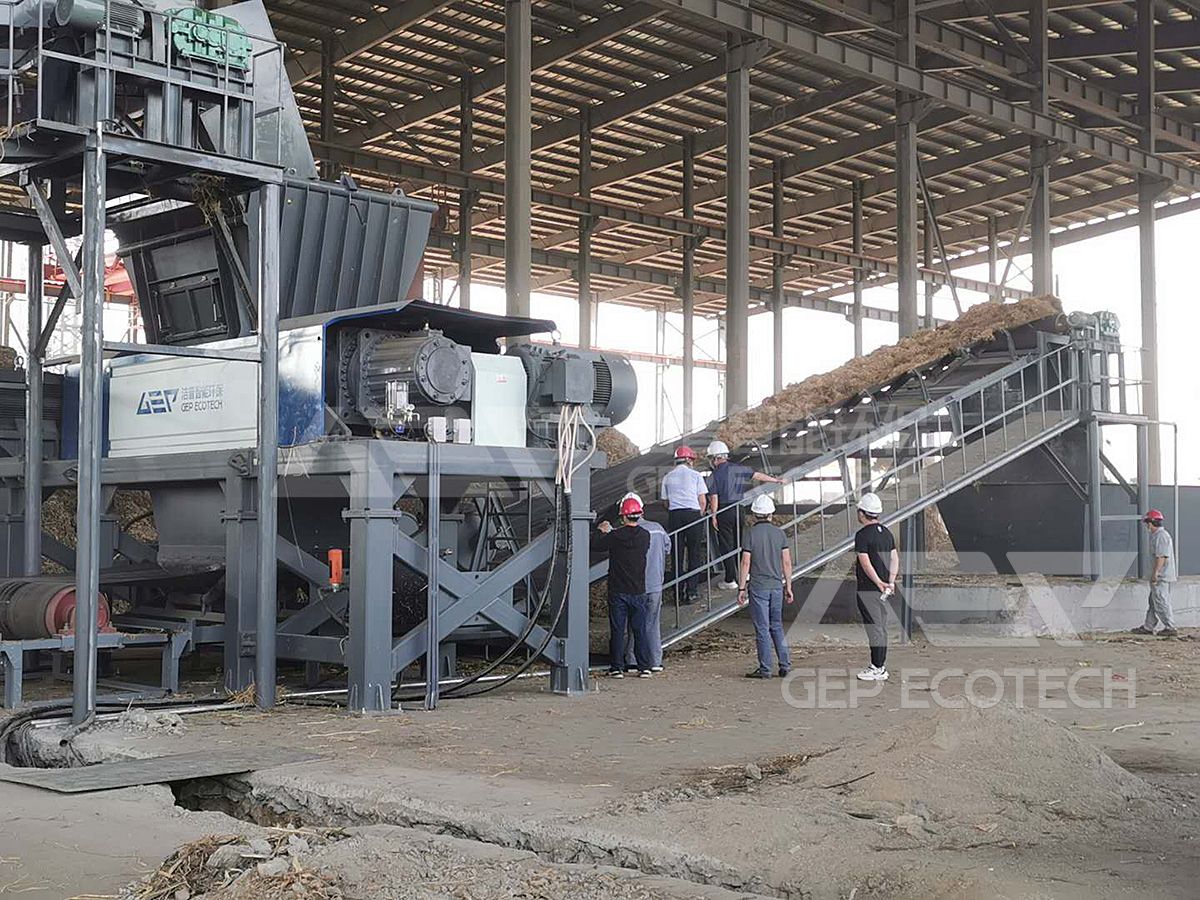
1. Output
- Single Shaft Shredder: Single shaft biomass shredders are designed for precision and control, making them well-suited for applications where consistent particle size and controlled output are crucial. However, due to their focus on precision, single shaft shredders typically have a lower throughput compared to dual shaft models. They are ideal for smaller-scale operations where the quality of the shredded material is more important than the volume processed per hour.
- Dual Shaft Shredder: Dual shaft biomass shredders are built for high throughput. The dual shafts operate together to aggressively shred and tear apart materials, allowing for faster processing of larger volumes of biomass. This makes them ideal for large-scale operations or situations where processing speed and capacity are the primary concerns. However, this increased capacity often comes at the expense of the consistency and uniformity of the output particle size.
2. Particle Size and Consistency
- Single Shaft Shredder: One of the main advantages of a single shaft shredder is its ability to produce a uniform and consistent particle size. This is achieved through the use of adjustable screens that dictate the size of the output material. Single shaft shredders are therefore ideal for applications where specific particle sizes are required, such as in the production of biomass pellets, biofuel feedstock, or finely shredded compost.
- Dual Shaft Shredder: In contrast, dual shaft shredders are generally less focused on producing a consistent particle size. The aggressive shredding action of the dual shafts results in a more varied output, with a mix of particle sizes ranging from fine to coarse. While screens can be used to control the maximum size of the output, the dual shaft design is more suited to applications where uniformity is less critical, such as in the initial stages of biomass processing or when preparing materials for incineration.
3. Operating Modes and Efficiency
- Single Shaft Shredder: Single shaft shredders typically operate at a higher speed with a more aggressive shredding action. This mode is effective for quickly breaking down tough, bulky materials but can result in higher energy consumption and increased noise levels.
- Dual Shaft Shredder: Dual shaft shredders, on the other hand, operate at a lower speed with high torque, which allows for high capacity cutting and minimal wear on the blades. This operating mode is energy-efficient and reduces noise, making it suitable for environments where maintaining a quieter operation is important. The Dual shaft design also ensures that the material is fed into the shredder in a controlled manner, reducing the risk of jams and ensuring smooth operation.
By understanding the differences in output, particle size, and operating modes, you can select the shredder that best meets the demands of your biomass processing needs, ensuring both efficiency and effectiveness in your operations.
GEP ECOTECH can provide a variety of equipment models for biomass disposal, with projects throughout Southeast Asia, Europe, and America. You are welcome to consult us for more information when you need it!


